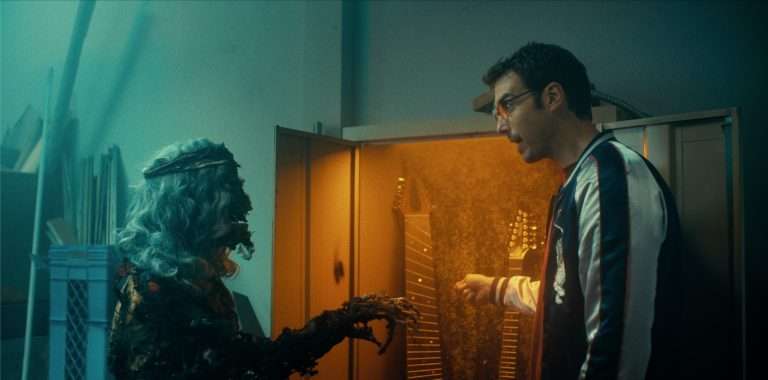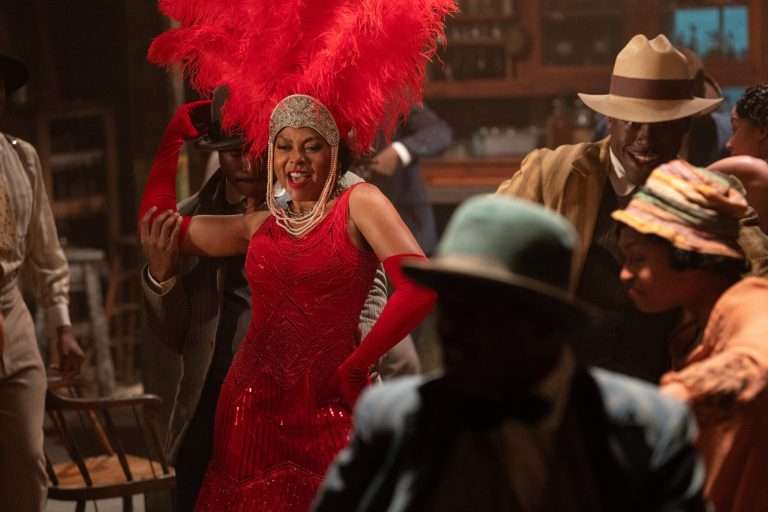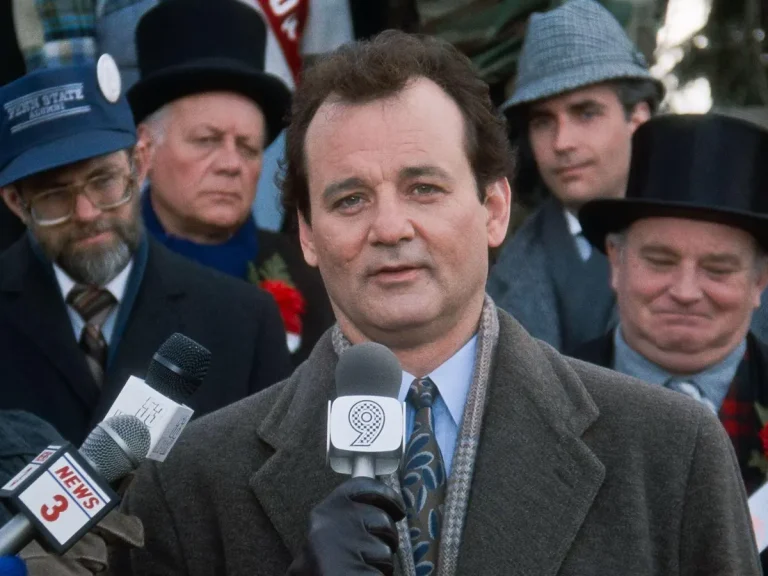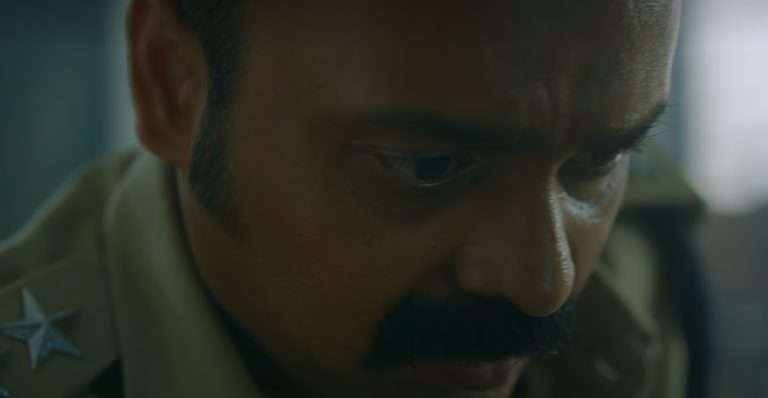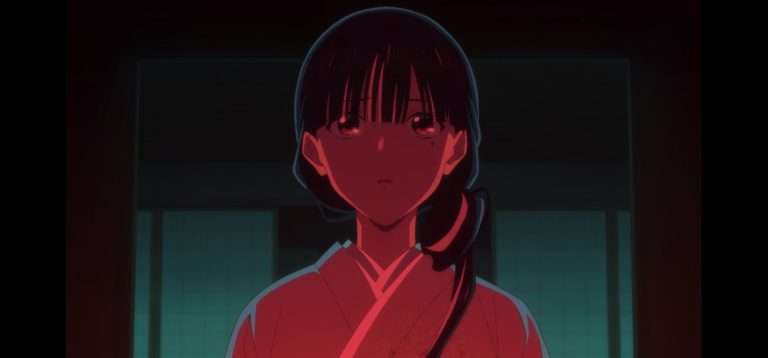Pavsacha Nibandh (2020): Whining about the long day, the characters of Life sat around a fire, pulling out a quilt and reciting the effervescent kinesis of the rainy rhythms. One reads ‘The Rainy Day’ by Henry Wadsworth Longfellow on an evening of this sort, garnering the living melancholia into a plethora of words. It goes:
“The day is cold and dark and dreary
It rains, and the wind is never weary;
The vine still clings to the moldering wall,
But at every gust, the dead leaves fall,
And the day is dark and dreary.”
Nagraj Manjule’s 2020 Indian-Marathi short “Pavsacha Nibandh” (“An Essay Of The Rain”) reiterates the haunting hues of this rainy milieu. It single-handedly cancels the celebratory plots of the rainy candor, as evident in the long-lasting Bollywood fraternity, and marvels at the discrimination water causes as a natural agent of caste prejudice. Longing for a letter from the lover in ‘Mera Kuch Samaan’ or proclaiming the rain as a flash of coy in ‘Tip Tip Barsa Pani,’ the audience is trampled by the hint of its moving sequence. Rain is an element of Mumbai, minus the chawls.
Manjule’s story grasps the imminent lack of decorum and discrimination by the rain, leaving a family stranded to bits along a village in the Western Ghats. Pavsacha Nibandh received the Best Director in A Non-Feature Film as well as the Best Audiography in a Short at the National Film Awards held in 2018. Now available for streaming on Zee5, this 25-minute short is a daily tale of hauntology for millions of families devastated by the ‘blessing’ that we call rain.
As with his treatment in his debut 2013 film “Fandry,” Manjule recreates a plot inspired by the simplicity of visuals depicted by Kiarostami. Being a well-acclaimed poet with the collection “Unhachya Katavirudhha,” Manjule initiates a story of struggle without an embellishment of ironical happiness. One tends to yearn for a concluding peace, a rendition of pleasing trembles of song amidst the face of disparity. However, Manjule uses his cast Meghraj Shinde, Gargee Kulkarni, Sheshraj, and Rahi Manjule to imitate a differentiated prognostic of rainy longing. The location gives away the daily toil of the Pavana Village near Pune, Maharashtra, where the film was shot in seven and a half days.
The shabby school doesn’t let in an air of clarity as the children try to grasp the validity of their lesson. When a socio-political query arises on the merciless faculty of natural phenomenon, one is left bereft of instant comprehension. If the rain is the triumph of the farmers, why is it that words fall behind in juxtaposed reality? Does the category ‘rain’ fall too short of honor when it confronts the dilapidated homes of dread and destruction? Manjule leaves us with these questions, only to be induced again and again with a plot of frozen vindication. Avinash Sonawane’s sound mixing recalls the dispute that crafts the filmography, churning down the sequences of monsoon with the repentance that is carried forward with each new scene.
Pavsacha Nibandh opens with a school ground, preparing us for the barren homes that turn into vicious soil in the latter part of the story. The Dalit boy, as the oppressed protagonist, thus, has two realities to handle simultaneously – firstly, the uniformed language of the school system and the other, a chaotic resistance to life at home. The teacher starts describing rain in the words of Goldsmith as if a casual colonial discrepancy doesn’t hold true in the English curriculum of the Indian textbooks. He dares to declare, “If you don’t write the essay, it’s an insult to its beauty. There’s no point in living.” This is where we encounter the abbreviated ease with which the tutor describes life.
The meaning of living here is dicey for everyone, more so for the boy who belongs to the Backward Caste, as he figures out how a few sentences would circumspect the scuffle with nature that he endures every other day. The scene transitions to show his drunk father lying on the wet ground under the pouring rain. The man had lost the keys to his house, instantly provoking the curses from their mother. For the kids, it was not uncommon as an event, and they took it in their stride as the picture of realism – “Papa Uth, Papa Uth!” The mother, while beating the ox home, asks whether the Man of the House brought the fish. We expect a not-so-jubilant answer from either of the witnesses. The daughter shelters the father with a plastic sheet, although to no avail.
Mangal, the mother, asks Vidhe, the landowner’s daughter, for the pending payment. We see the snobbish hierarchy of educational paradigms as the little girl sits on the porch writing the essay. The dichotomy is clearly manifested in each of the encounters. The mother is left frustrated, so much so that she ignores the foreigners who ask for directions to the nearest waterfalls.
Much to our surprise, the boy answers in broken English phrases – “Hey, go straight. Turn left, go up”. This is clearly overlooked by their mother. She scolds him for being a useless brat ‘just like his father’ when he accidentally falls on the slippery mud. But, even within these dire circumstances, her ethics of care is conspicuous as she wipes the water from the face of the father. The child, with no income to contribute, survives as the disabled member of the family, let alone the daughter, who is just waiting to be married off.
The scene tumbles to the next day when the privileged kid reads out, “Rain is the topic of my essay. I like the thundering sound of the rain, the sound of rain smashing the rooftops” or, when somebody declares, “Like always, I was drinking tea near the window.” But, the boy who failed to appreciate the scene was punished. Water droplets fall as tears on his already-torn notebook. The camera zooms out for us to remember the lines of Longfellow again:
“Be still, sad heart! and cease repining;
Behind the clouds is the sun still shining;
Thy fate is the common fate of all,
Into each life, some rain must fall,
Some days must be dark and dreary.”
Read More:
Salma Hayek’s Feminist Activism in Kahlil Gibran’s The Prophet (2014)
How the Depiction of Trauma Humanizes One Killer and Villainizes the Other in ‘Por Thozhil’?
Love and Longing in ‘Sunday’ and ‘My Mother’s Girlfriend’

